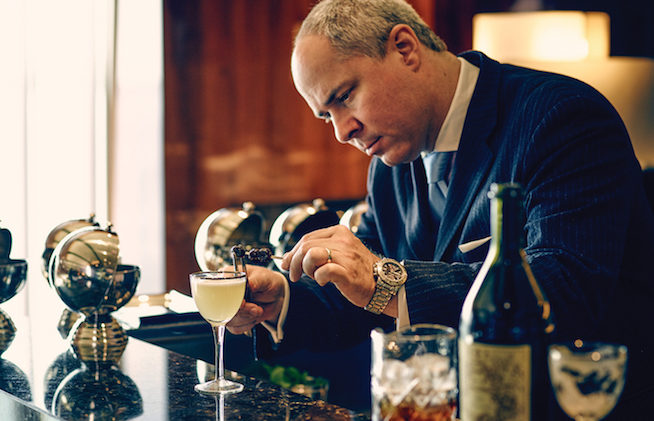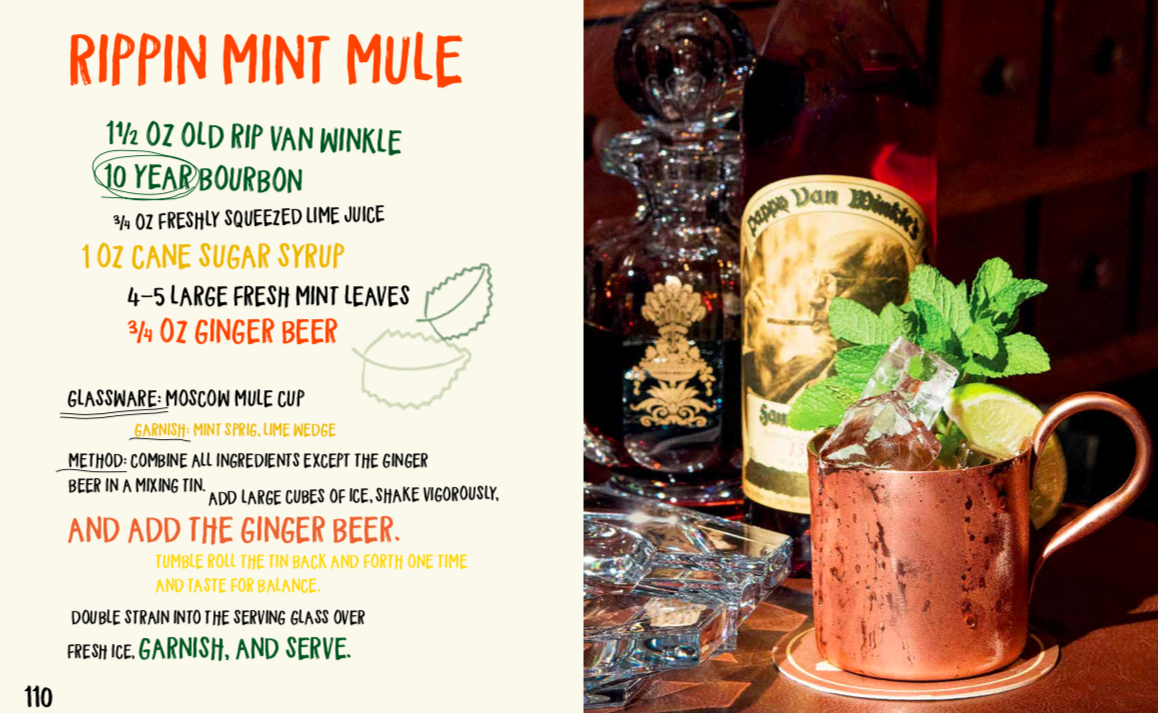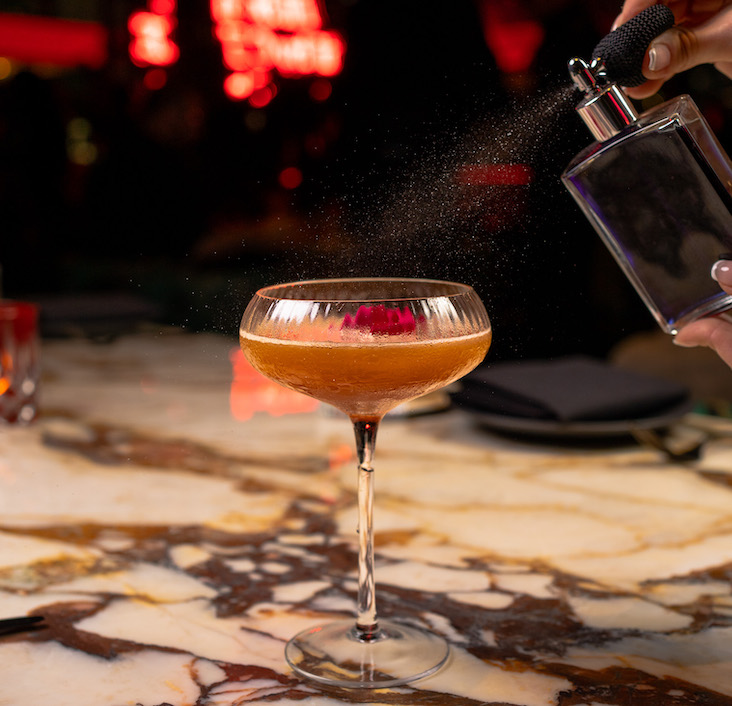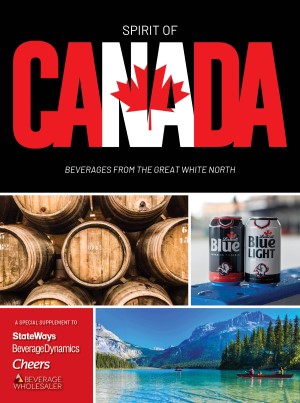Mixing cocktails with high-end whiskey is no longer blasphemy. Thanks to the craft cocktail movement, bartenders now reach for the top-shelf bourbons, Scotches and other brown spirits.
To educate newer bartenders and consumers about using the good stuff, renowned mixologist and bartending author Brian Van Flandern is out with a new book. His fifth title is the simply named Whiskey Cocktails. The coffee table book contains loads of information and colorfully depicted recipes to help people mix with premium whiskeys of all styles.
We spoke with Van Flandern, recently appointed executive director of mixology, spirit education and special events for Southern Glazer’s, about his new book.
Cheers: What was the motivation behind Whiskey Cocktails?
Brian Van Flandern: In 2004 when I opened at Per Se, mixing with high-quality spirits was considered sacrilege. It was thought to be disrespectful to the master distiller. With the new craft cocktail movement, however, more and more of the very best bartenders are using high-quality spirits in cocktails.
When you’re using Louis XIII Cognac, Macallan 21, or Hibiki 17 in a cocktail, you’re approaching a culinary art form as you’re balancing the acids and sugars and using fresh ingredients. And you’re showcasing the ingredient in a new light. This is tantamount to gourmet chefs using beluga or caviar, the way you’re accenting or enhancing the flavors already present.
Whiskey has become so trendy. And not just bourbons but also small-batch spirits like artisanal grain whiskeys. I want to help clarify the differences between all of these. The educational intro to the book might not be for the super-duper whiskey nerd, but it can also be a healthy intro for a professional bartender as well as a layman.
CH: Why has the attitude changed towards mixing with top-shelf stuff?
BVF: A lot of credit goes to Dale DeGroff in the late ‘90s in the Rainbow Room. The movement really took off in 2004, which is known as The Year of the Cocktail. From that point forward, the cocktail movement was in full force. Dale and other luminaries led the cocktail wave, which eventually became a global phenomenon.
CH: What’s your best advice for mixing with premium whiskey?
BVF: The base material in whiskey obviously plays an important role in the flavor profile. No one would ever say that corn tastes like wheat, or vice versa. So you have to take the base material in mind when using your other ingredients. Also, keep in mind the length of the aging and what kind of barrels were used. That definitely affects the end result.
When mixing with Scotch, keep in mind whether or not the whisky was 100% malted. And remember that, depending on the geography in Scotland, the same base materials can have completely different flavor profiles. Auchentoshan tastes nothing like Highland Park or Ardbeg, for instance.
CH: What if people want to swap in less-expensive whiskey?
BVF: Some cocktails in my book use extraordinary whiskey, which might be prohibitively expensive. But you can still make a great cocktail with a more-affordable whiskey.
First of all, start by making sure that the substitute whiskey shares the same country of origin. Then make sure that it’s made with the same base material. You want wheat for wheat, barley for barley. Third, remember that geography and terroir can change greatly throughout countries. If you’re going to substitute for 21-year-old Macallan, substitute for an alternative Speyside Scotch, as opposed to an Islay. Those are completely different flavor profiles.
CH: What are the biggest mistakes you see when people mix with premium whiskey?
BVF: They use too much base spirit. You always want to find that balance between acid, sugar, and alcohol. But some people may use too much alcohol because they want it to dominate the cocktail. Instead, you want to find the beautiful harmony where the alcohol is present, but also mixes with the other components of the cocktail.
CH: Have any whiskey mixing trends caught your eye?
BVF: Blended Scotch is coming back into vogue, which has brought back the classic cocktail Blood and Sand. That’s made of blood orange juice, sweet vermouth, Heering Cherry and blended Scotch. By golly, that’s a great cocktail with a lot of history!
CH: How can young bartenders gain experience with top-shelf whiskey?
BVF: I always suggest starting with a less-expensive whiskey until you find a recipe that you’re extremely pleased with. Then try to substitute in the more-expensive whiskey, with permission from management.
If you know your boss will be squirrelly working with expensive spirits, try to create the same flavor profile with a less-expensive whiskey. Once you’ve handed management that great recipe, and had them taste it, then you can request to make it for them with the more-expensive whiskey. That’s how you go about getting it listed.
It’s also important to remind management that making cocktails with expensive spirits can be an untapped, new revenue stream. After all, ‘vintage’ and ‘expensive’ is all the rage right now. At the Plaza Hotel I made a $225 tequila cocktail, and a $3,000 sidecar with Louis XIII.
Kyle Swartz is managing editor of Cheers magazine. Reach him at kswartz@epgmediallc.com or on Twitter @kswartzz or Instagram @cheers_magazine. Read his recent piece Pairing Bourbon Cocktails with Southern Cooking.









